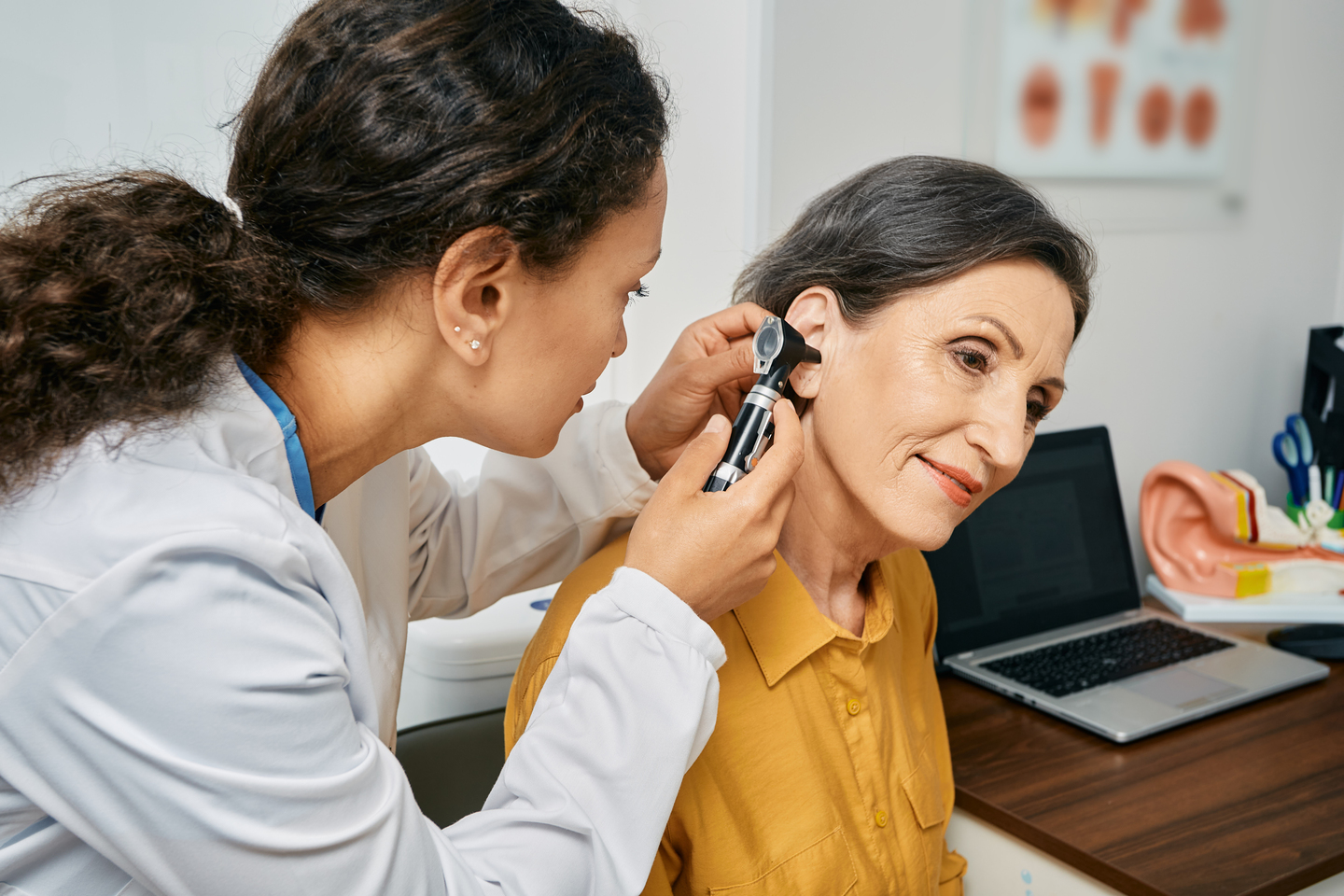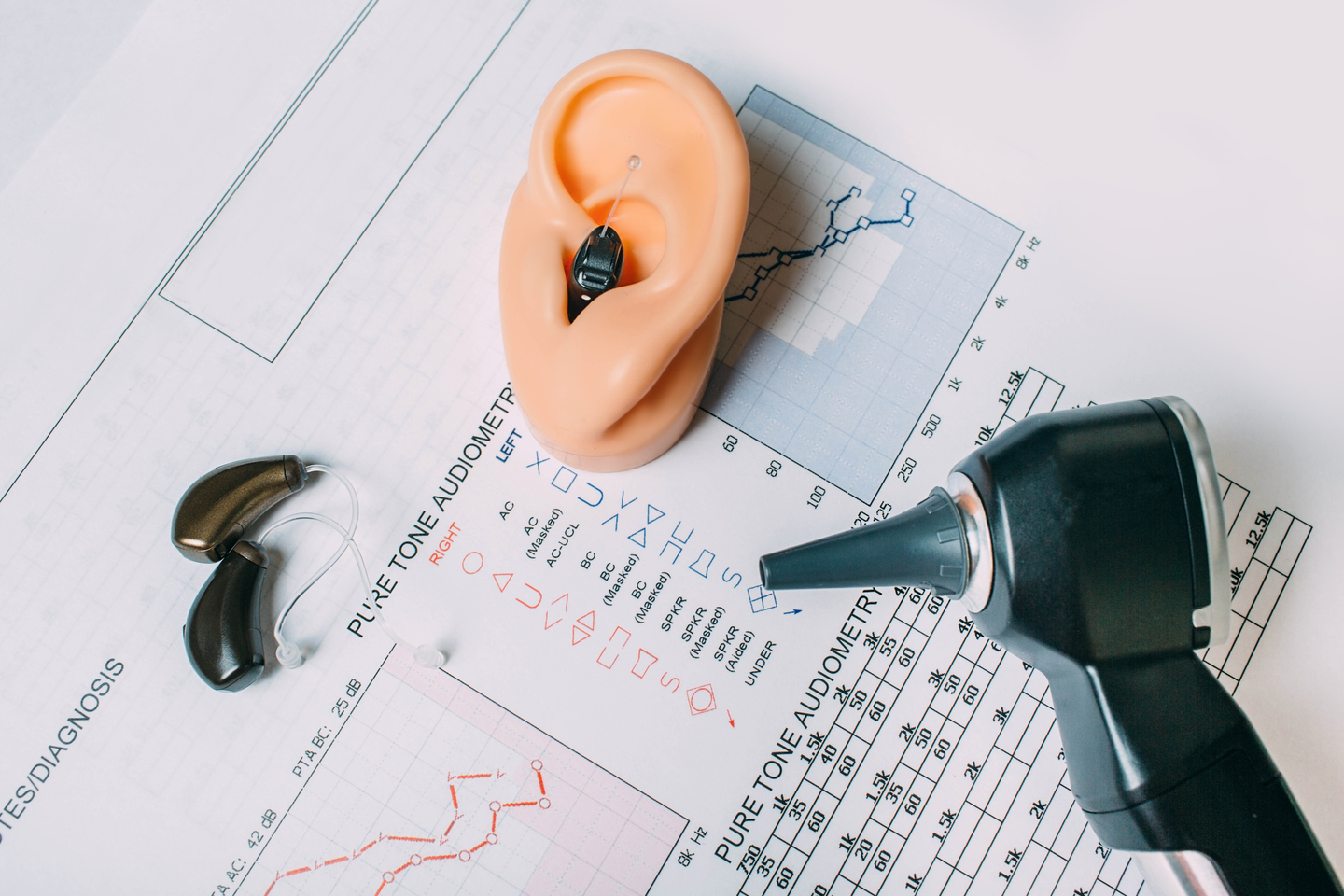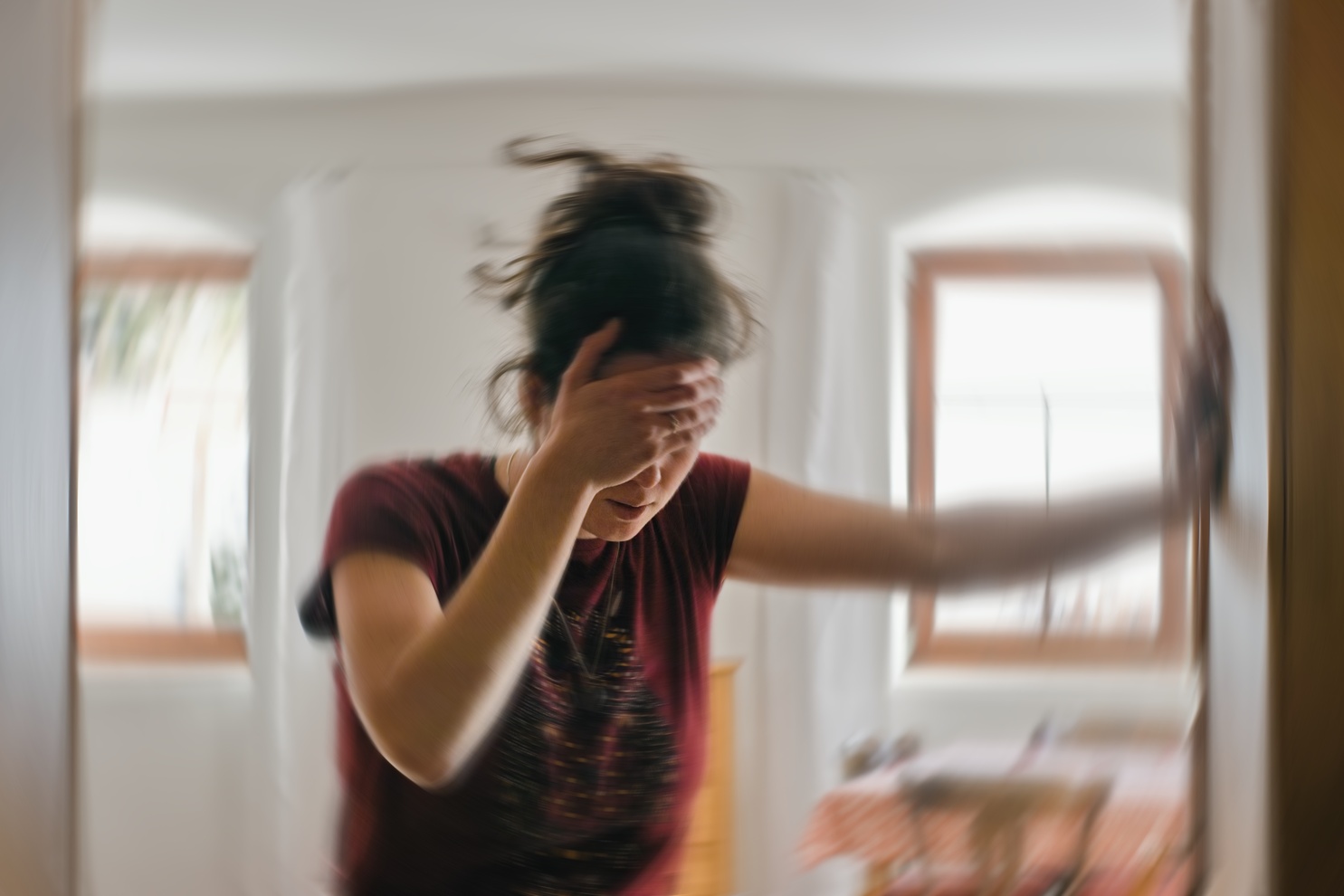Superior Semicircular Canal Dehiscence
SSCD is a rare disorder in which there is a gap in the bone covering the three semicircular canals. This leaves the semicircular canals, which are responsible for balance, exposed to the surrounding tissue. Additionally, while the inner ear normally contains two “windows” (the round window and the oval window) that allow sound to disperse, the dehiscence introduces a third opening where sound may travel out of the inner ear.
Symptoms of SSCD include dizziness induced by pressure change or sound, fullness in the ear, hearing loss, and/or the ability to hear internal noises (I.e., one’s own heartbeat, blinking, or breathing) loudly.
Over the first three years of life, the temporal bone thickens significantly to cover the semicircular canals. SSCD can develop if gaps remain in the bone during this thickening period. Alternatively, SSCD may develop due to thinning of the bone over time, although this occurs far less frequently. In most cases, the gaps do not cause any detectable symptoms. However, rarely, symptoms can present in adulthood if the pressure within the skull pushes part of the brain through the hole in the temporal bone. In most SSCD cases, the onset of symptoms comes after a trauma to the head or a significant change in pressure, such as scuba diving.
SSCD can be treated with surgery either through the skull or through the mastoid bone to plug and cover the dehiscence. Alternatively, surgery can be done to plug the round window, a naturally occurring opening in the inner ear, to reestablish a two-window system including the dehiscence. While this procedure poses less risk, it also has a lower rate of successful symptom reduction.








